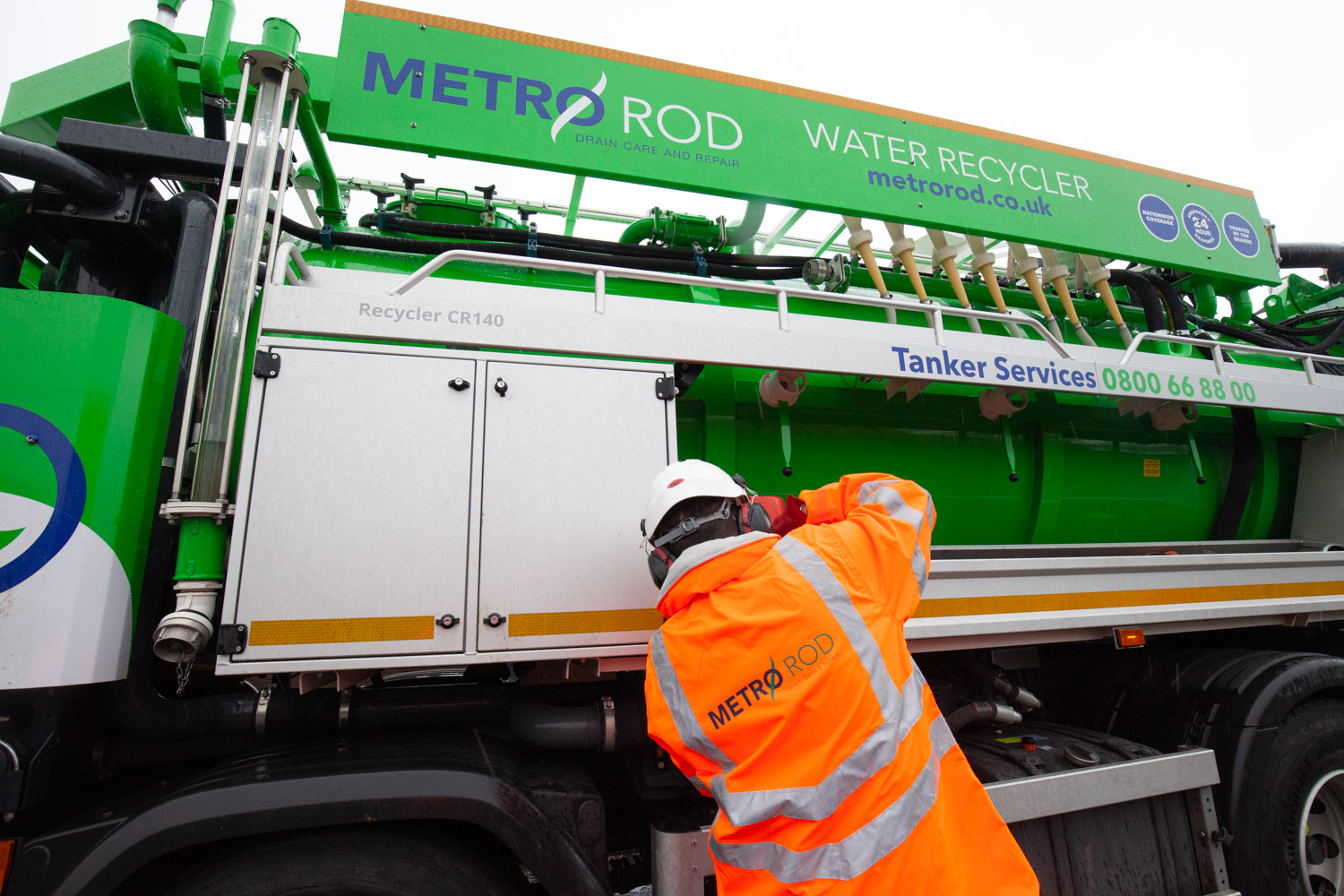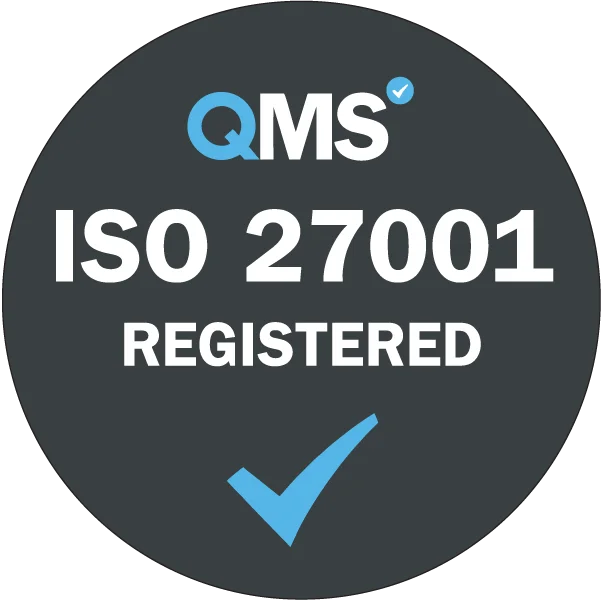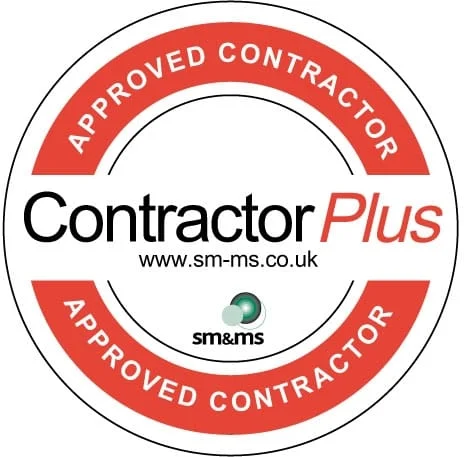A flood happens when water overflows onto normally dry land, often caused by heavy rain, blocked drains, burst riverbanks or coastal surges. Flooding can damage property, disrupt businesses and create safety risks. At Metro Rod, we provide drain maintenance and emergency support to protect your property and ensure effective water management.
Customer reviews on Google
4.3 ratings of 34 reviews

Expert Flood Management Services
With over 500 local engineers, Metro Rod provides expert flood prevention solutions to protect businesses from water damage and keep your drains functioning, minimising disruptions.
Our tailored methods and maintenance plans prepare your site for how to prevent surface water flooding, using flood prevention techniques to reduce risks even in storm-prone areas. Contact your local Metro Rod team today to discuss a flood management plan.
What is Flood Prevention?
Prevention of floods is crucial for businesses in high-risk areas to mitigate the effects of excessive rainfall or natural flooding. Even properties away from rivers can face issues like blocked drains, burst pipes or surface water buildup. Professional flood prevention solutions, including drainage systems and tailored plans, protect against costly disruptions and safeguard your property from damage.
How to Prevent Floods to Protect Your Business
-
Keep Your Building’s Drains Clean
Blocked drains are often caused by a buildup of debris, mud and leaves when regular cleaning is overlooked. This can stop water from flowing freely and lead to stubborn blockages. High-pressure water jetting is a quick and effective way to clear your system, breaking down debris and restoring proper drainage.
-
Understand Your Drain Layout
Knowing your business’s pipework – where fresh water enters and wastewater exits – is vital for effective flood management. For commercial sites under COMAH or EPR regulations, drain mapping is essential for compliance. Our experts can help you stay prepared, protect your property and keep operations running smoothly during a flood.
-
Maintain Outside Gullies
Surface water from roads and car parks flows into gullies linked to your drainage system. Without regular upkeep, silt, oil and grease build up block water flow and increase flood risks during heavy rain. Our experts can help keep your gullies clear and your property protected. Discover more about effective drain gully maintenance at Metro Rod.
-
Install Interceptors
Interceptors, or oil separators, manage water runoff on sites with hard surfaces like car parks and loading bays. Installed before the sewer line, they capture oil, fuel and debris, ensuring only clean water enters the drainage system while contaminants are retained for disposal. Learn more about drain interceptor maintenance and installation.
-
Keep Gutters Clear
Blocked gutters from vegetation and debris can force rainwater onto ceilings, doors and windows, causing damp issues and pipe damage. Regular cleaning ensures water flows freely and protects your property.
Accredited By
Customer Reviews
Here's what our customers say about us
We have had a five month issue where a Devonport rat trap was partially blocked: all outlets Read more
Ben attended our shopping centre today..sep 27th,2025. Absolutely amazing service. Arrived with a smile, wasn't fazed by the problem Read more
Metro Rod engineer Harry along with Atac engineer Ben both worked tirelessly to ensure residents of Headway Read more
For every review, we’ll plant a tree
Each and every written review for Metro Rod plants a new tree. ReviewForest captures every review and guarantees the tree is planted.
Trusted by:





Flood Prevention FAQs
What is the definition of a flood?
How do I check if my property is at risk of flooding?
You can use the Environment Agency’s ‘Check for Flooding’ service to enter your postcode and determine if your area is prone to flooding from rivers, seas or surface water.
What is the definition of a flood risk?
Flood risk is the likelihood of flooding affecting an area or property. It considers both the chance of flooding and its potential impact.
Understanding flood risk helps property owners take preventative steps to avoid damage. Metro Rod offers drain maintenance and flood prevention services to help reduce risks and protect your property.
Can you build on a floodplain in the UK?
Yes, building on a floodplain in the UK is possible, but it requires planning permission and a flood risk assessment. Local councils and the Environment Agency may set strict conditions, like using flood-resistant materials or raising the building’s foundations, to reduce flood risks and ensure safety. Always consult planning authorities and specialists to meet regulations.
What are the different types of flooding?
Flooding can be categorised as external or internal, depending on its cause. External flooding, such as flash floods, happens outside properties and is often caused by heavy rainfall overwhelming drainage systems. Internal flooding occurs inside buildings due to blocked drains, burst pipes or leaking toilets, with the water potentially being either fresh or foul. Understanding types of flooding is essential for effective prevention, and Metro Rod provides tailored services to address and reduce these risks, keeping your property protected.








